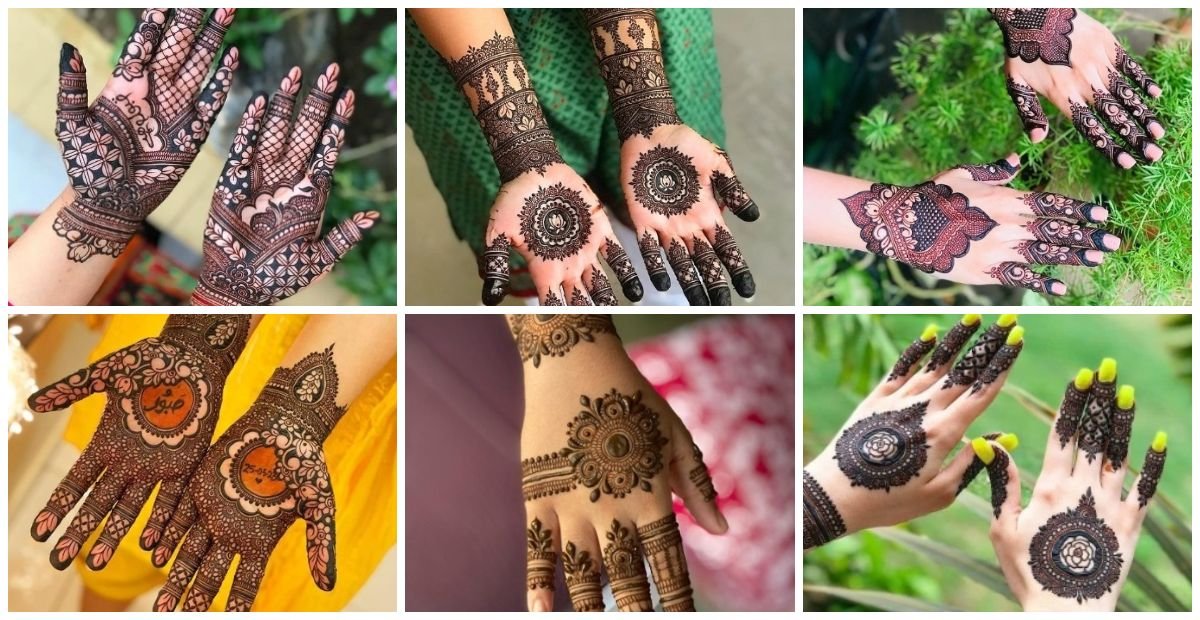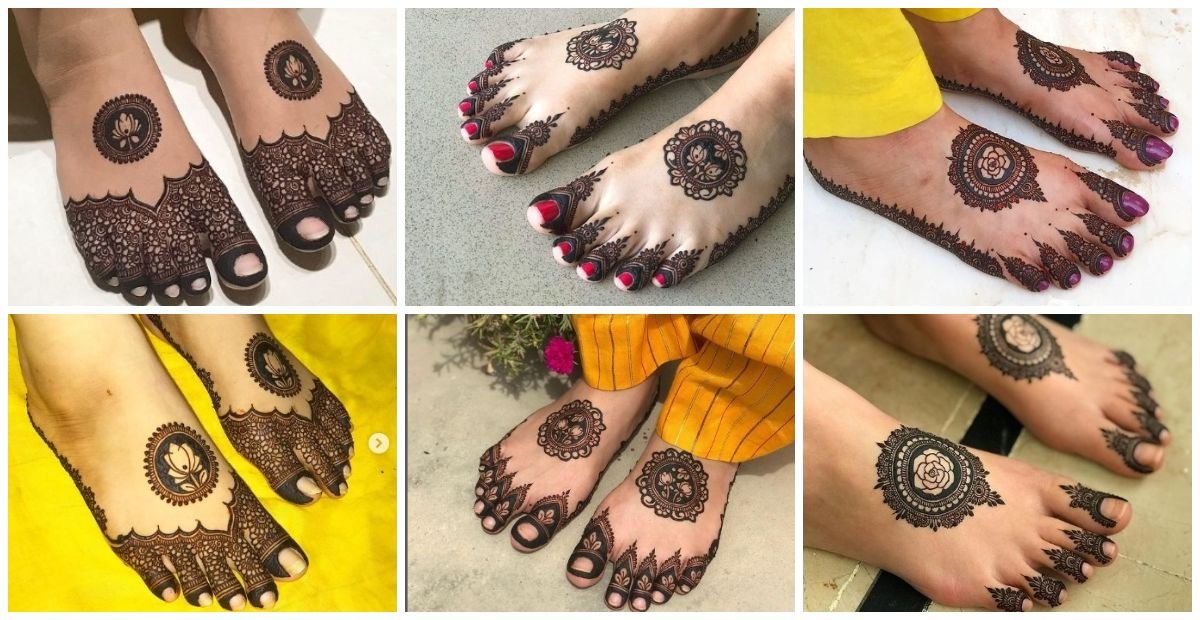Mangalsutra design, a symbol of marital bliss and commitment, holds immense significance in Indian culture. It is not merely a piece of jewelry but a sacred thread that binds two souls together in matrimony.
Mangalsutra Design
Origins of Mangalsutra
The tradition of Mangalsutra traces back centuries, with its roots deeply embedded in Hindu culture. Initially, it consisted of a simple yellow thread, symbolizing prosperity and fertility. Over time, it evolved into intricately designed ornaments, reflecting cultural nuances.
Symbolism behind Mangalsutra
Mangalsutra holds profound symbolism. It signifies the union of two individuals in marriage, with the black beads representing protection from evil forces and the gold symbolizing prosperity and purity.
Evolution of Mangalsutra Designs
Traditional Designs
Traditional Mangalsutras are characterized by elaborate patterns and motifs inspired by Indian heritage. They often feature intricate gold work with black beads, showcasing the richness of tradition and culture.
Contemporary Designs
In recent years, there has been a surge in contemporary Mangalsutra designs, catering to modern tastes. These designs incorporate sleeker and more minimalist elements while retaining the essence of the traditional Mangalsutra.
Factors Influencing Mangalsutra Design
Regional Influences
The design of Mangalsutras varies significantly across regions in India, with each region having its unique style influenced by local customs and traditions.
Cultural Preferences
Cultural preferences play a crucial role in determining the design of Mangalsutras. While some prefer traditional, ornate designs, others opt for more contemporary and understated styles.
Personal Style
Personal style also influences Mangalsutra design choices. Some individuals prefer timeless pieces that can be passed down through generations, while others opt for trendy designs that reflect their personality.












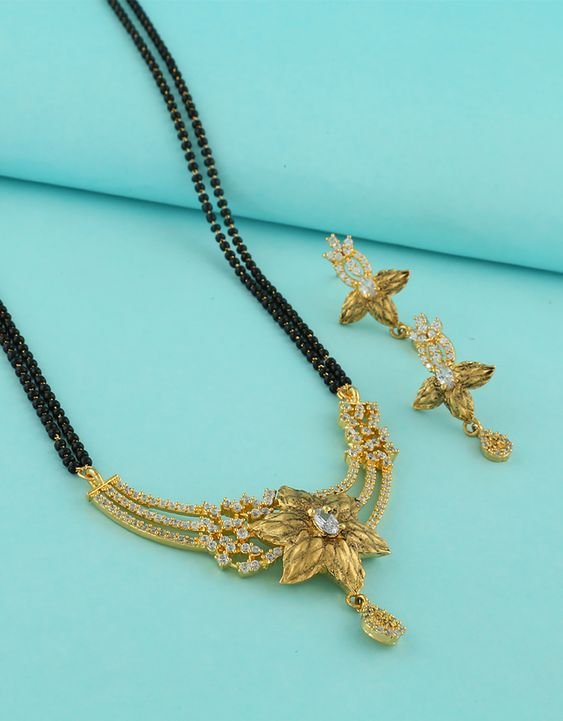
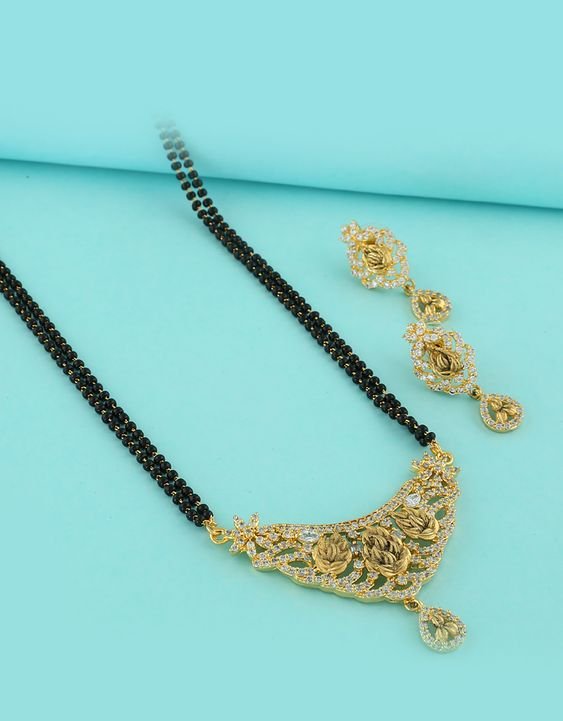

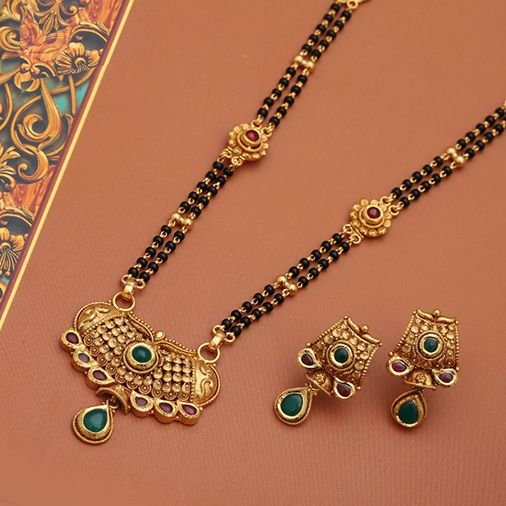
Mangalsutra design has evolved over the years, reflecting changing trends and cultural influences. Whether traditional or contemporary, the essence of this sacred ornament remains unchanged—a symbol of love, commitment, and marital bliss.
FAQs
- Is it necessary to wear a Mangalsutra after marriage?
- While wearing a Mangalsutra is a traditional custom in many cultures, it ultimately depends on personal beliefs and preferences.
- Can I customize my Mangalsutra design?
- Yes, many jewelers offer customization options, allowing you to create a unique Mangalsutra that reflects your personal style and preferences.
- How often should I clean my Mangalsutra?
- It’s recommended to clean your Mangalsutra regularly, at least once a month, to maintain its shine and beauty.
- Are there any superstitions associated with Mangalsutras?
- In some cultures, breaking or losing a Mangalsutra is considered inauspicious. However, these beliefs vary widely and may not be followed by everyone.
- Can men wear Mangalsutras too?
- While Mangalsutras are traditionally worn by married women, there are no strict rules against men wearing them. It ultimately depends on personal choice and cultural norms.



